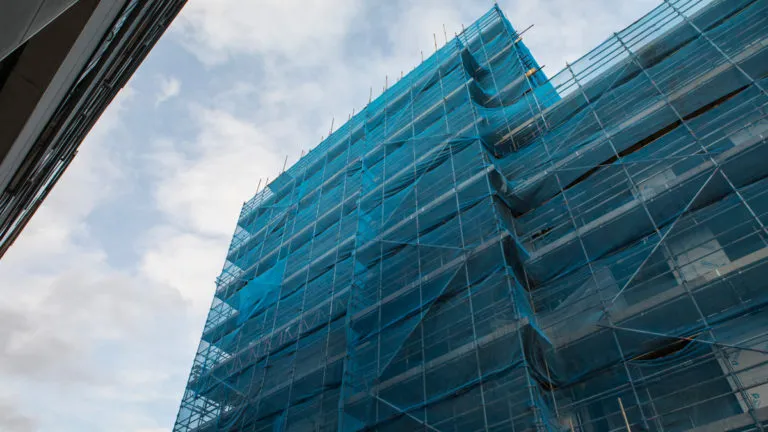Quality versus quantity: are permitted development rights really the answer to the housing crisis?
Published: by Angel Strachan

All too often life is turned into a numbers game – and housing is no exception. The government has committed to building 300,000 homes per year by the mid-2020s, but what we build and how we do it should not be overlooked.
At the Chartered Institute of Housing’s Annual Conference, Theresa May called for new regulations to improve the design and quality of buildings in order to prevent tiny, poor quality homes from being developed.
This is all well and good, but the government is also continuing with a policy that runs directly contrary to this call. Ahead of the 2018 Budget, the government announced plans to introduce a series of planning reforms to help them meet their target of 300,000 new homes per year. This included plans to introduce new permitted development rights (PDR).
These new rights would cover the extension of certain buildings upwards to create new housing units and demolitions of existing commercial buildings to be rebuilt as housing. The appeal is that PDR creates a lot of new units very quickly. However, Shelter have consistently highlighted why this isn’t the solution to end our housing crisis.
Why expanding PDR is not the solution
There’s no solution to the housing crisis without social housing. Yet, as Shelter research has discovered, between 2015-16 and 2017-18, urban authorities lost out on over 10,000 potential affordable homes as a result of PDR. This is because permitted development schemes do not go through full, local planning, meaning developers can dodge having to provide any social housing.
The lack of scrutiny from local planning authorities also means permitted development schemes do not need to meet space standards. As The Times recently reported, this results in rabbit-hutch homes, some of which are only 14 square meters. This makes these flats absolutely perfect for people who don’t need the finer things in life, such as being able to extend your arms.
And PDR also fails to benefit local communities. The British Social Attitudes Survey 2017 demonstrates clearly that investment in community infrastructure and facilities, along with increased affordable housing supply, are vital if you want local people to support new housing. However, PDR conversions offer easy loopholes on the community infrastructure levy and are exempt from Section 106 contributions. This means there is no guaranteed way of getting the community benefits people want through PDR.
Across the housing sector people are opposing PDR. And examples like Terminus House in Harlow make it easy to see why. Here, more than 200 new ‘homes’ were created through PDR, but as the BBC exposed, vulnerable children and families who live there are being subjected to overcrowding and poor conditions.
Government plans for PDR
The government responded to their consultation on expanding PDR in April. 522 responses were given. But were they taken on board?
The consensus given by respondents was that expanding PDR just isn’t a good idea. Although building new homes above existing buildings through PDR may look good on spreadsheets of net additional units, there are, in reality, numerous flaws:
- lack of local control
- concerns over quality and safety
- impact on existing occupiers
- loss of social and affordable housing contributions through Section 106
And when it comes to extending PDR to include demolitions and rebuild, the results are just as stark. Less than a third of respondents thought that it was even possible for PDR to cover demolitions and rebuild as it would require extensive prior approval considerations.
In a statement made in Spring, James Brokenshire announced that his department would nevertheless expand PDR to include upward extensions, and also continue to consider using it for demolitions.
Since then, PDR has continued to garner attention from politicians across the political spectrum. Conservative MP for Harlow Robert Halfon has been outspoken in his opposition to PDR, Liberal Democrat Peer Baroness Thornhill has come out against it, and the Labour Party have committed to ending permitted development rights if they are in government.
What comes next
This shows that we are making progress.
The government has committed to reviewing the quality of developments delivered through PDR for the summer. This gives us the opportunity to continue to fight and challenge any expansion of this broken policy.
The only real solution to the housing crisis is building high quality social housing. It is this that government must prioritise, and move away from a reliance on PDR.
To find out more about our campaigning on permitted development rights, read our previous blog.